Caste reigns
supreme in the present semi-feudal setting, more so, in a few states of
Northern and Eastern India. This unique system of social stratification based
on notion of purity and pollution, having four Varnas and umpteen’ Jatis’,
determines the patterns of everyday life. Not only people are caste-conscious,
they also become caste-centred, many a
time. One such occasion could be elections.
In a
situation of caste endogamy and clan exogamy, attempts for assertion of basic
rights often lead to social tensions and conflicts. Changes in land ownership
or the Govt. sponsored mobility, such as, reservation also add fat to the fire.
Even the educated, profound and well meaning individuals interested seriously
in bringing about an attitudinal change, get discouraged and disenchanted soon,
given the complex nature of circumstances and obstinate leaders.
Compelling Factors-A time comes when such individuals
are compelled to strike a compromise with the same norms of the system, which
in their opinion, were fit for modification earlier. Thus generations come and
generations go but ills of the system go on perpetuating. No permanent solution
appears in sight. Exploitation and misguidance of the spirited individual,
therefore, goes on unabated in the name of ritual ascribed status.
Three Levels of Conflict-Such a scenario leads to a series of
rivalries and conflicts involving the three major Caste groups. Inter-caste
conflict is mainly observed at the following levels:
(A)Between
the Upper and the Middle Ranging Castes.
(B)The Upper
Castes and the Scheduled Castes or Harijans and
(C)The
Harijans and the Middle Ranging Castes.
Based on
some research it has been noted that till the Sixties of the 20th
Century ,incidents of conflict involved primarily the Upper Castes, such as,
the Bhumihars and the Kayasthas. Gradually the former met with tough resistance
from the Rajputs or the Kshatriyas. Brahmins, however, remained relegated to
the background for a sizeable time as neither they possessed enough land nor
they had muscle power at their beck and call.
From the
Thirties of the 20th Century, the Intermediate Castes, such as, the
Yadavas,Koeries ,Kurmis etc. began organizing and mobilizing themselves in a
bid to compete with, as also ‘tackle’ the might of the Upper Castes. But actual
assertion in this domain began taking shape in the Sixties, when infighting
among the Upper Castes registered a rise. Consequently, the middle castes, now
in the ambit of the Other Backward Classes (OBC) became a force to reckon with
in the arena of politics in U.P,Bihar,M.P,Haryana,Rajasthan etc. Natural
corollary was to further strengthen their hold in the countryside and have a
say in the elections, other than to Parliament and State Assemblies.
Impact of OBC Commission Based
Reservations
In tune with
Article 340 of the Constitution, the appointment of Kaka Kalelkar
Commission(1953)and the Mandal Commission(1978)for the O.B.C.’s at the Union
level and that of several state Committees and Commissions, followed by
far-reaching judicial pronouncements, spoke clearly of growing influence of the
middle ranging castes. Owing to reservation facility later, ranging from 15 to
50% at the State level to 27% at the Union level ,the conflict between the
OBC’s and the Upper Castes began becoming manifest. Swords were drawn at each
other in more candid ways.
Resistance
from the Upper Castes was out of the apprehension that their share of
Government jobs would be taken away by the Middle Castes while the latter
considered it as a step in the right direction, as the numerically weak Upper
Castes had dominated every sphere of society. Whatever may be pro and
anti-reservation arguments, the erstwhile harmony and co-existence ceased to
exist. The conflict grew to alarming proportions between 1977 and 1992. Ripples
were felt later. These are still being felt.
Upper Castes vs.Harijans
The second
level of conflict concerns the upper castes and Harijans. Latter used to
constitute majority of landless labourers in villages and were unfortunately,
the traditional sufferers. Such a conflict has been essentially on account of
usurption of land of Harijans and denial even of minimum wages to them.
Attempts to unite them to secure a reasonable living have generally been
suppressed. But in a few cases, the upper castes, apart from exploiting ,were
also extending patronage in the crisis situations. Vis-a-vis middle castes, it
was found absent.
The third
level of conflict is between the middle ranging castes and the Harijans. The
issues are akin to those involved in the second level. However, studies have
shown that the method of deplorable atrocities by the former on the latter have
been somewhat different in nature. In the post-1977 era, when freedom of
expression got a fillip, Harijans expected improvement in their lot ,if not,
the similar treatment prior to transfer
of land ownership to the middle castes. Contrary to their expectations, they
gradually lost patronage of land owners and were more subjugated in the changed
situation. Police and the Magistracy too appeared non-cooperative and
non-responsive. Several incidents bear testimony to it. But whenever their vote
bank is needed for Government formation or providing stability thereto,
Harijans assume temporary significance.
Implicit Levels of Conflict
Apart from
the three explicit levels, there exists implicit levels of conflict among
certain upper, middle and the Scheduled Castes. A contradiction or a tendency
to look down upon is found between the Rajputs and Bhumihars or between
Bhumihars and Brahmins. In the same way, cleavages have emerged between the
upper and lower middle castes. The former are seen virtually ignoring the
latter ,unless it is election time. Moreover, the feeling of superiority and
inferiority has also contributed to dis-unity among the different Scheduled
castes. The Chamars and Dushads are not found on equal footing ,according to
each other. Some of the Dushads would not accept even water from the hands of a
Chamar. .Differences also are noticed between the Bhogtas, Chamars and Ghasis. Hence,
the element of untouchability even gets percolated within the S.C. category.
Rationality vs. Primordial
Loyalities- One is
constrained to believe that behind most of the happenings drawing the attention
of conscious masses in some of the mentioned states ,there exists caste factor.
It shows its true colour and dimension
,both in towns and villages. Elections held at various levels have been decided
on caste considerations. Those having support of a dominant caste, come out
with flying colours while those seeking secular votes normally get vanquished.
Even in the educational institutions, trade associations and few public bodies,
one would get an impression that rationality is being set aside to make way for
primordial loyalities.
Pertinent question, therefore, is –If the educated individuals act
like this, shall we blame the illiterate and tradition-bound masses ?.Certainly
not.
Situation is
changing in some spheres of society, such as, marriage and festivals but the
process of transformation is slow and not free from any incumbrances. So long
as governing elite encash the caste factor to pursue their vested interest , no
substantive change is foreseen in the social structure.
Concluding Remarks-As a matter of fact, the governing
elite especially the politicians, do not have any caste most of the times. Instesd
they belong to the same ‘Interest Group’. Their interest lies in ruthlessly
practicing and mastering a ‘Divide and Rule’ policy vis-à-vis the deprived
non-elite masses. Thus they possess the dual identity of being and at the same
time, not being the members of a caste. The case for urgent and justifiable
entry of the educated and upright persons into the political cauldron, therefore,
assumes significance


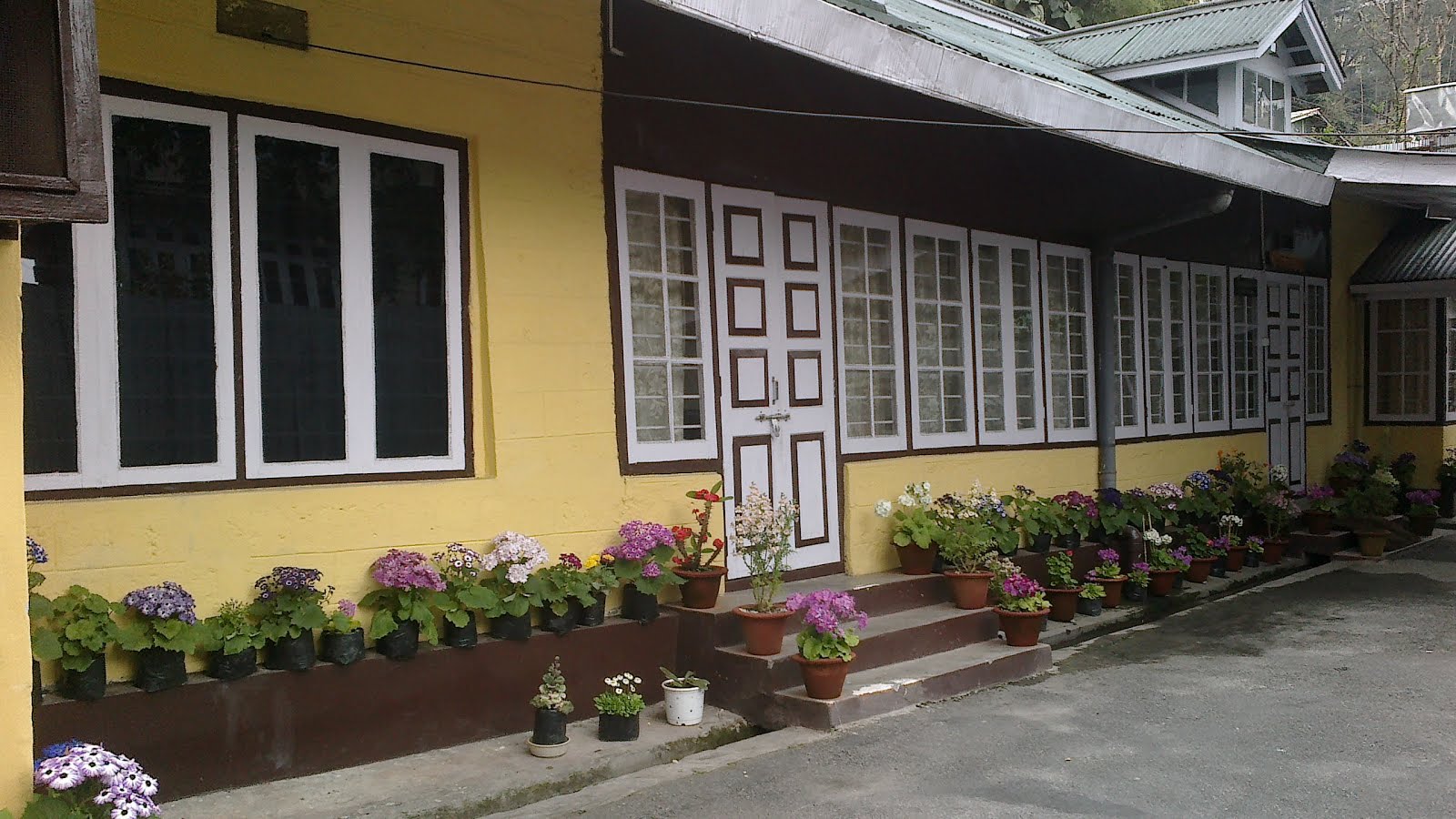







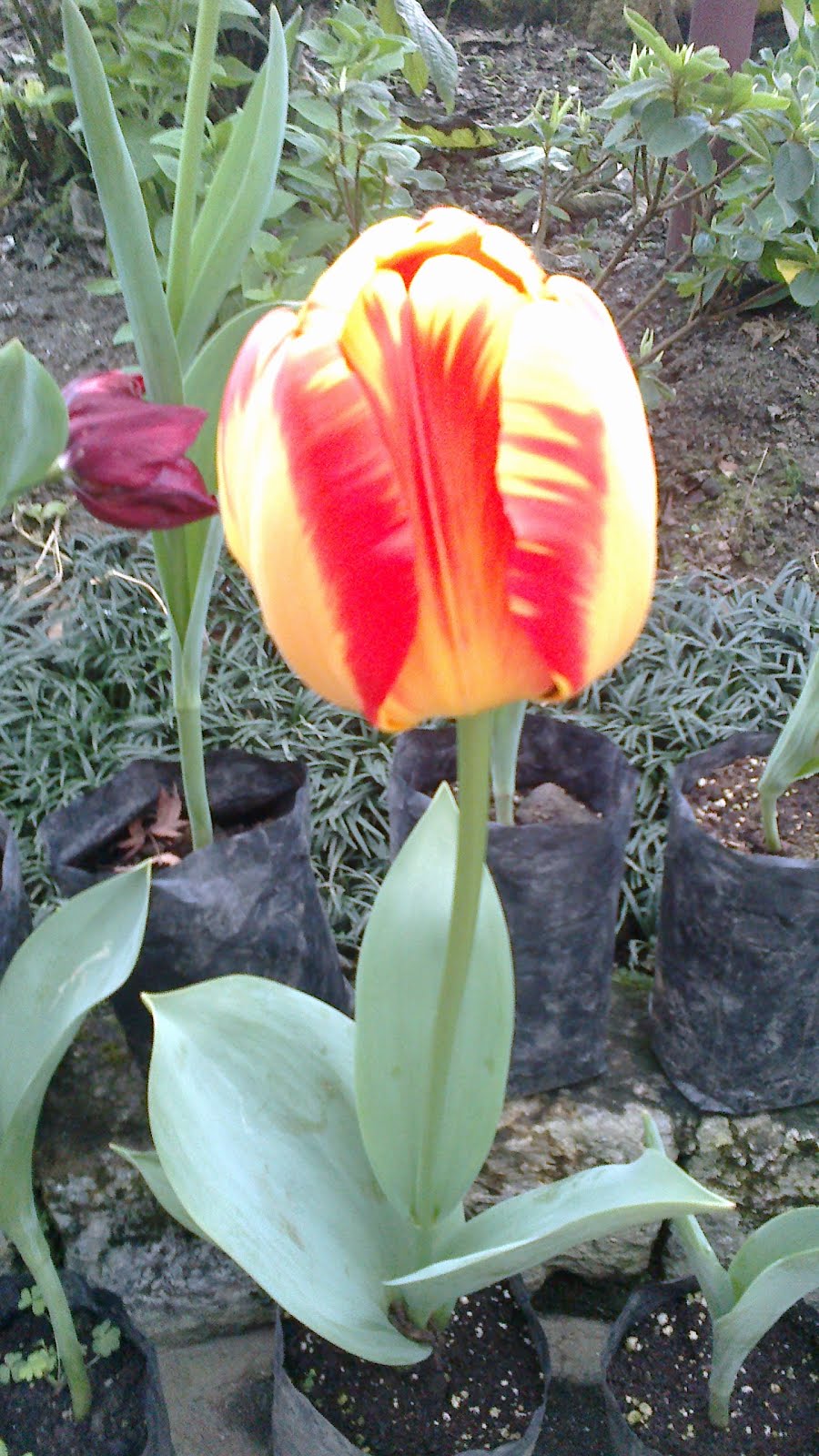
















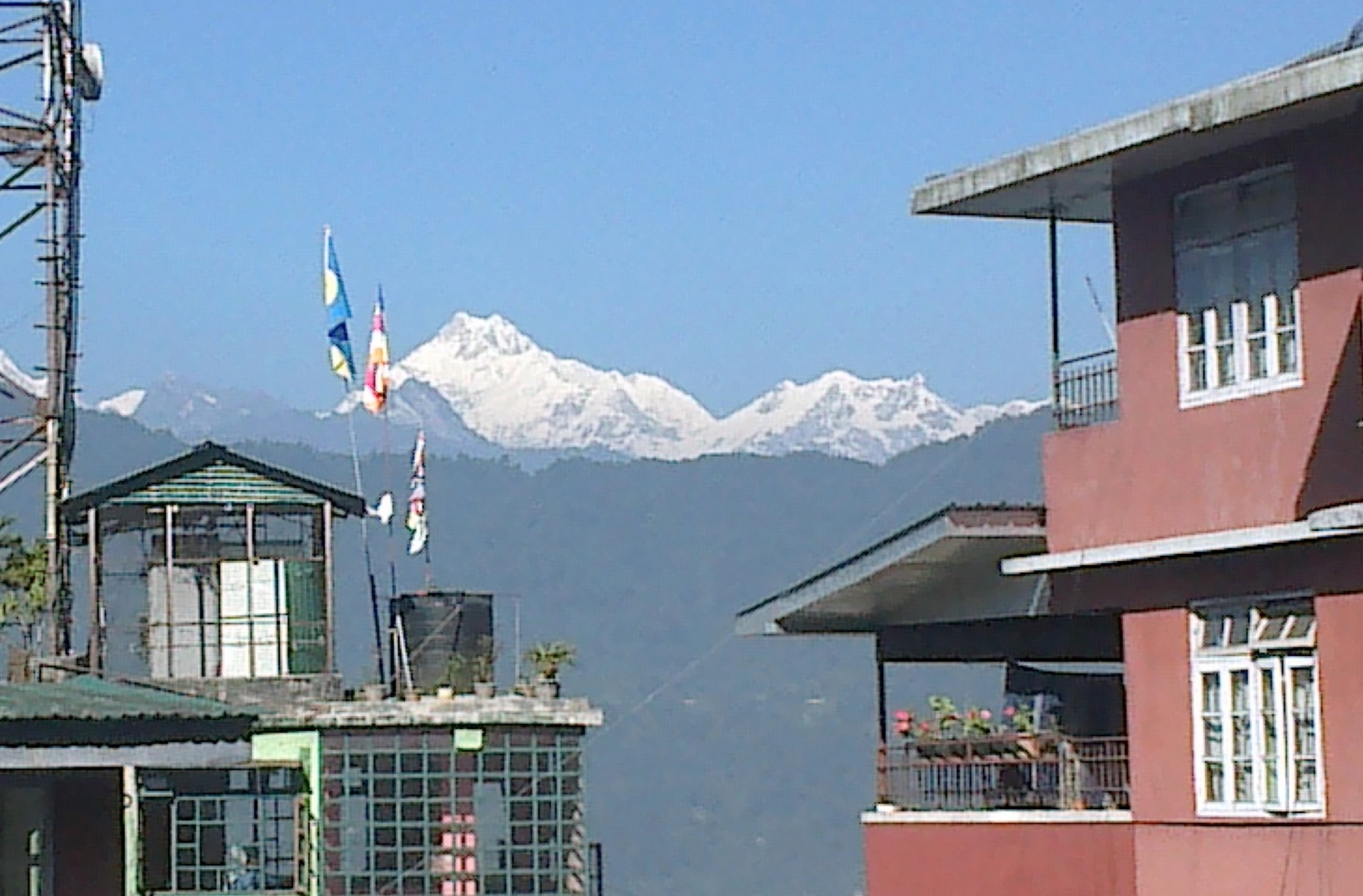














































































































































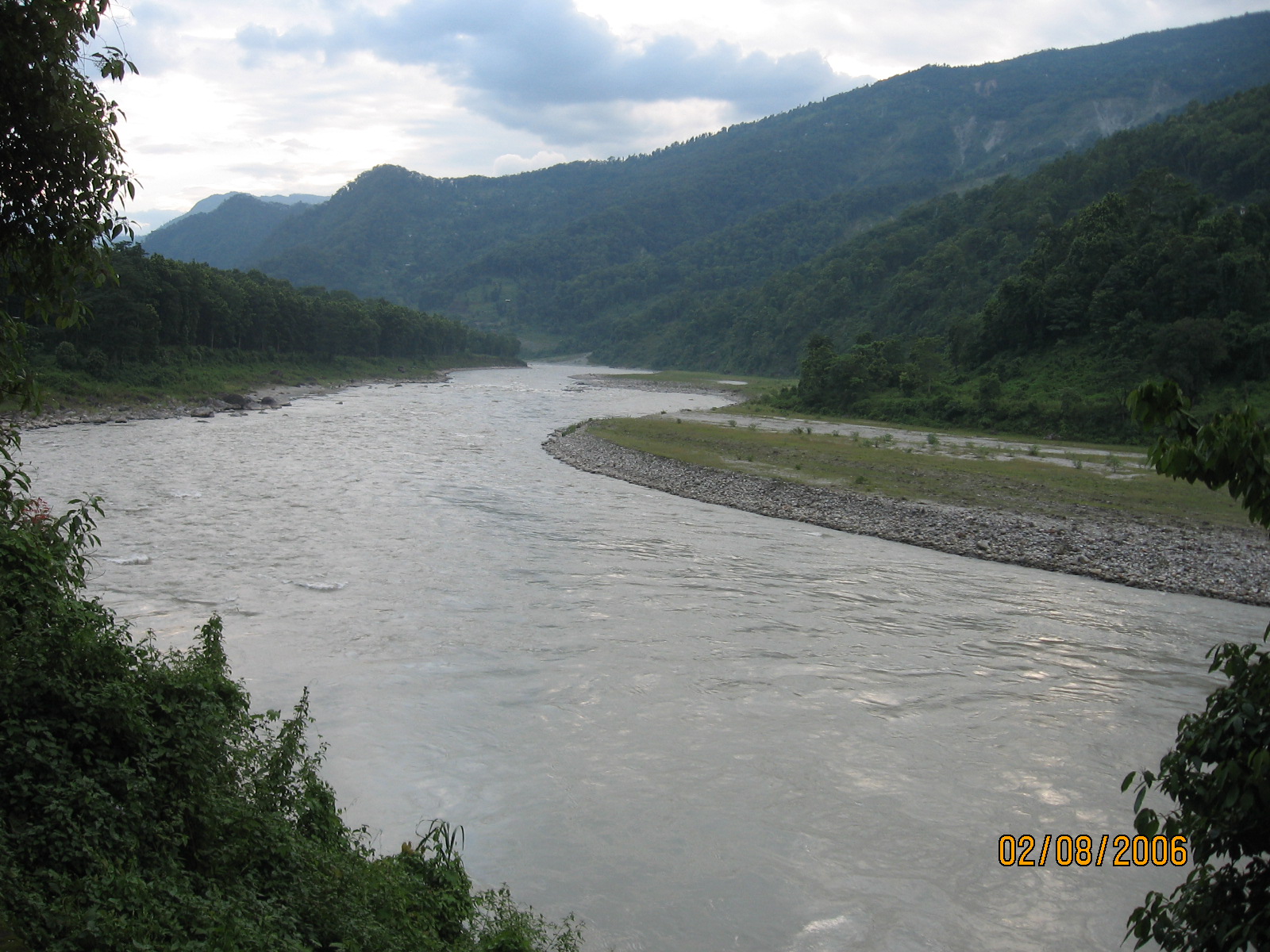

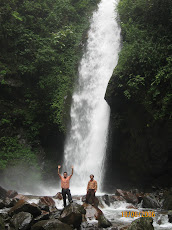
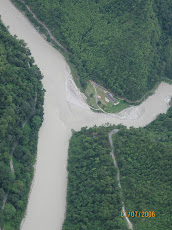
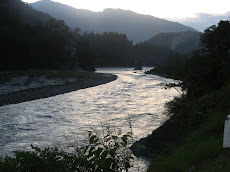
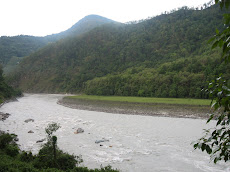
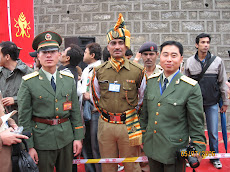
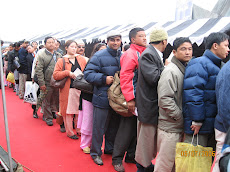
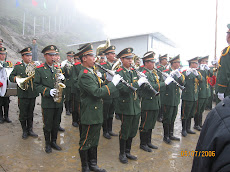


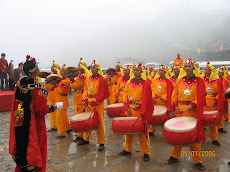
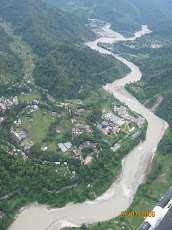




















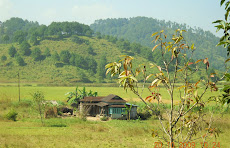
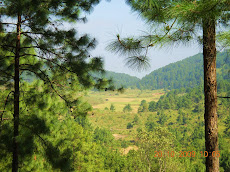








.jpg)







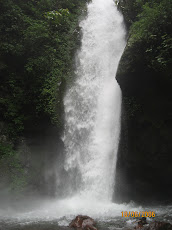
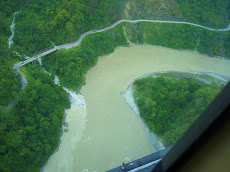


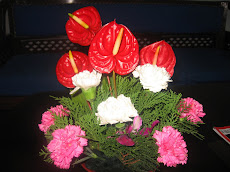






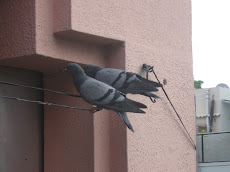
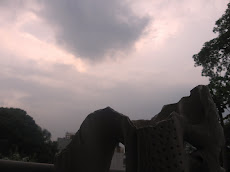




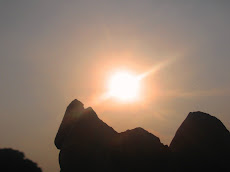
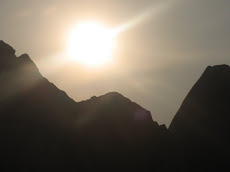





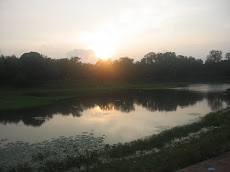



























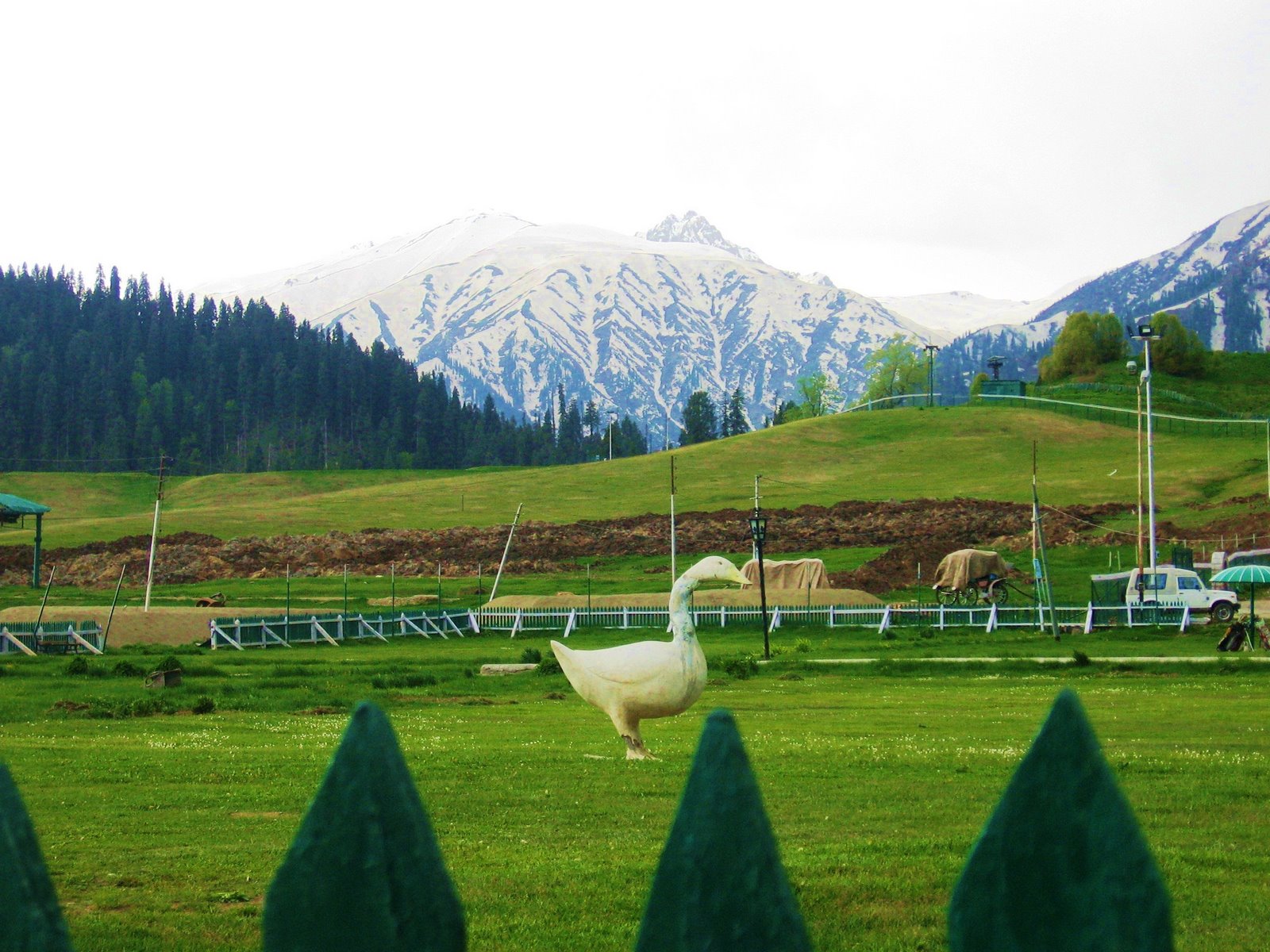
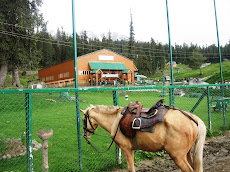
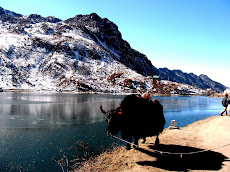








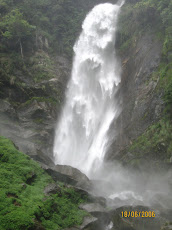



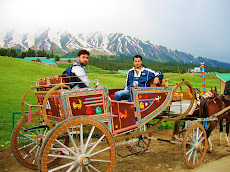






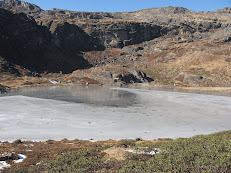

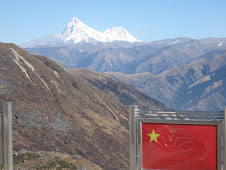



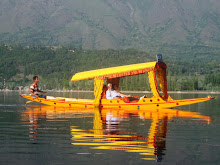
No comments:
Post a Comment